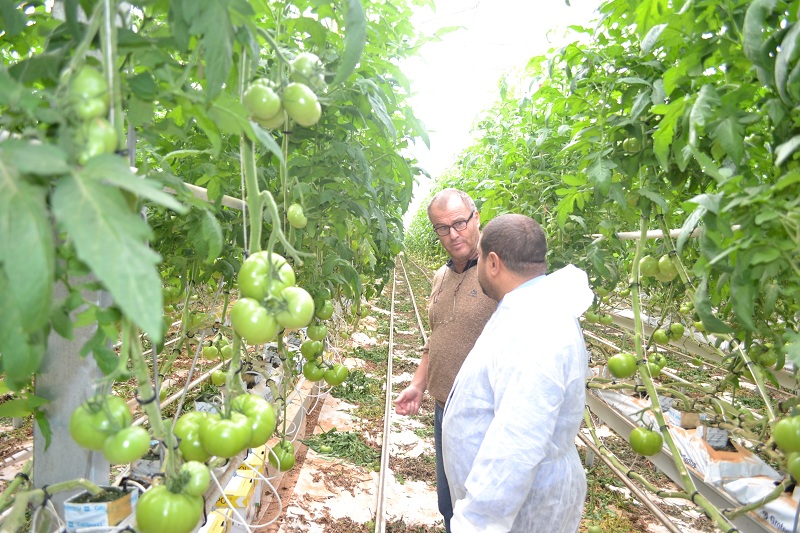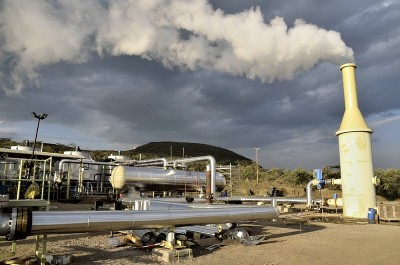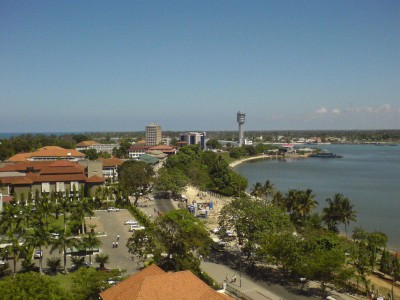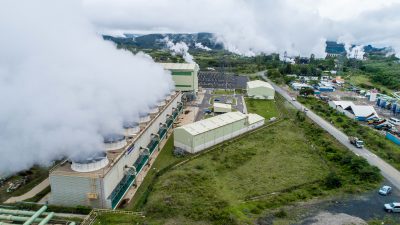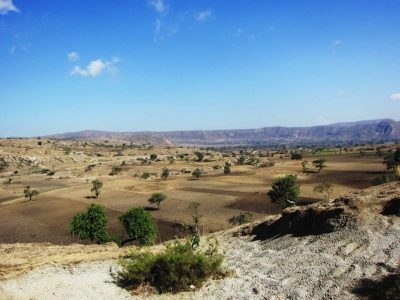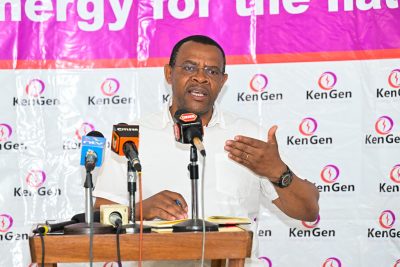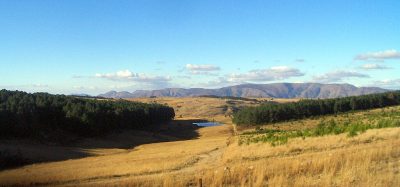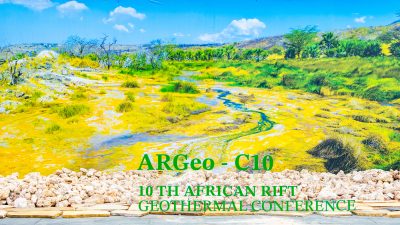Tunisia increasing output and export of geothermally grown tomatoes to European and Gulf countries
Tunisia in North Africa is expanding its production and export of tomatoes produced in greenhouses heated by geothermal energy.
The North-African country of Tunisia likely does not come to mind if one things of geothermal energy and utilisation of geothermal resources. With its low enthalpy resources, the use of geothermal energy in Tunisia is limited to direct-applications locateldy primarily in the southern part of the country.
In news last week it is reported that exports of geothermal early crops in the governorate of Gabes, on the coast of the Mediterranean sea, reached 14 thousand tonnes until June 2018, against 9,700 tonnes in the same period of last year.
Among these products are mainly tomatoes of very good quality exported to the European markets and the Gulf countries, said Amel Ghiloufi, head of plant production at the Regional Commission for Agricultural Development in Gabes.
The cultivation of geothermal crops is widespread especially in El Hamma where the areas reached 128 hectares. In the region, 11 companies and 40 small farmers operate in this agricultural activity.
During the past season, the production of geothermal early crops in the Gabes region was 25 million tonnes, of which 12 thousand tonnes were exported.
A Tunisian-Dutch company based in the area of El Hamma in the governorate of Gabes built the first high-tech glass greenhouse in North Africa, producing “ox heart” tomatoes back in 2016.
The company has invested in 4.5 hectares and plans to make extensions to reach 20 hectares of glasshouses generating more than 250 employment positions between workers and technicians not taking into account indirect jobs.
For thousands of years, geothermal water has been used in bathing in the country, and many of the geothermal manifestations in the country have the name of Hammam or bath, which reflects the main use of geothermal water over the centuries.
Now, most of the resources are utilized for irrigation or oases and heating of greenhouses. Today, the cultivated area of greenhouse is 244 ha. Based on data from WGC2010, the total for greenhouses was 42.5 MWt and 335 TJ/yr, for bathing and swimming 0.9 MWt and 23 TJ/yr, and for others (mainly animal husbandry) was 0.4 MWt and 6 TJ/yr, for a country total of 43.8 MWt and 364 TJ/yr as reported by Mohamed, M.B. (link below).
More information can be found in: Mouldi Ben Mohamed “Geothermal Energy Development: the Tunisian Experience“, Proceedings World Geothermal Congress 2015 (pdf)
Source: Tunis Daily News, Invest in Tunisia
